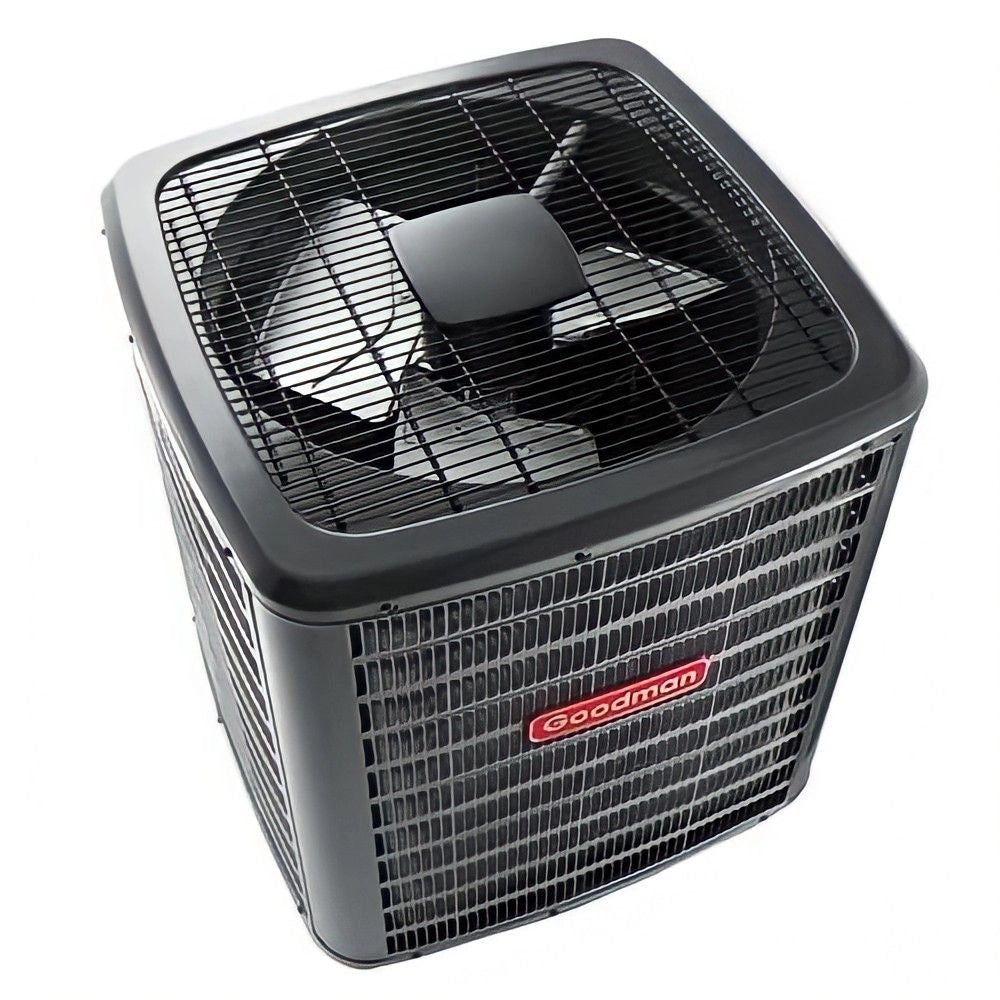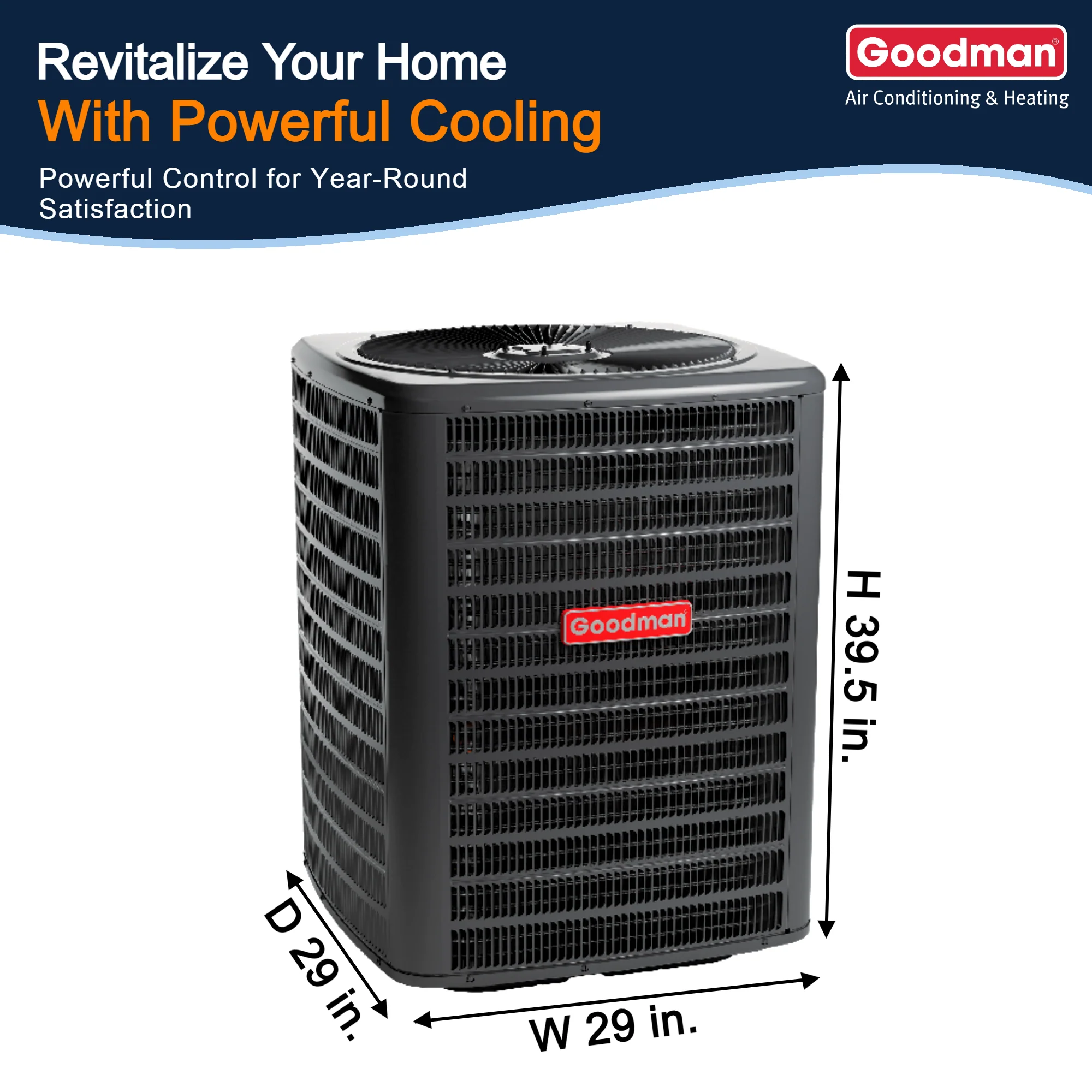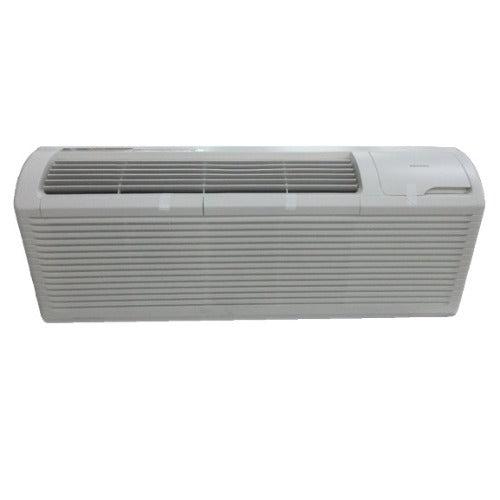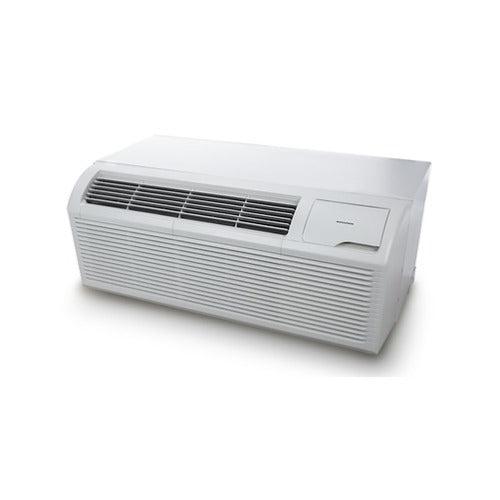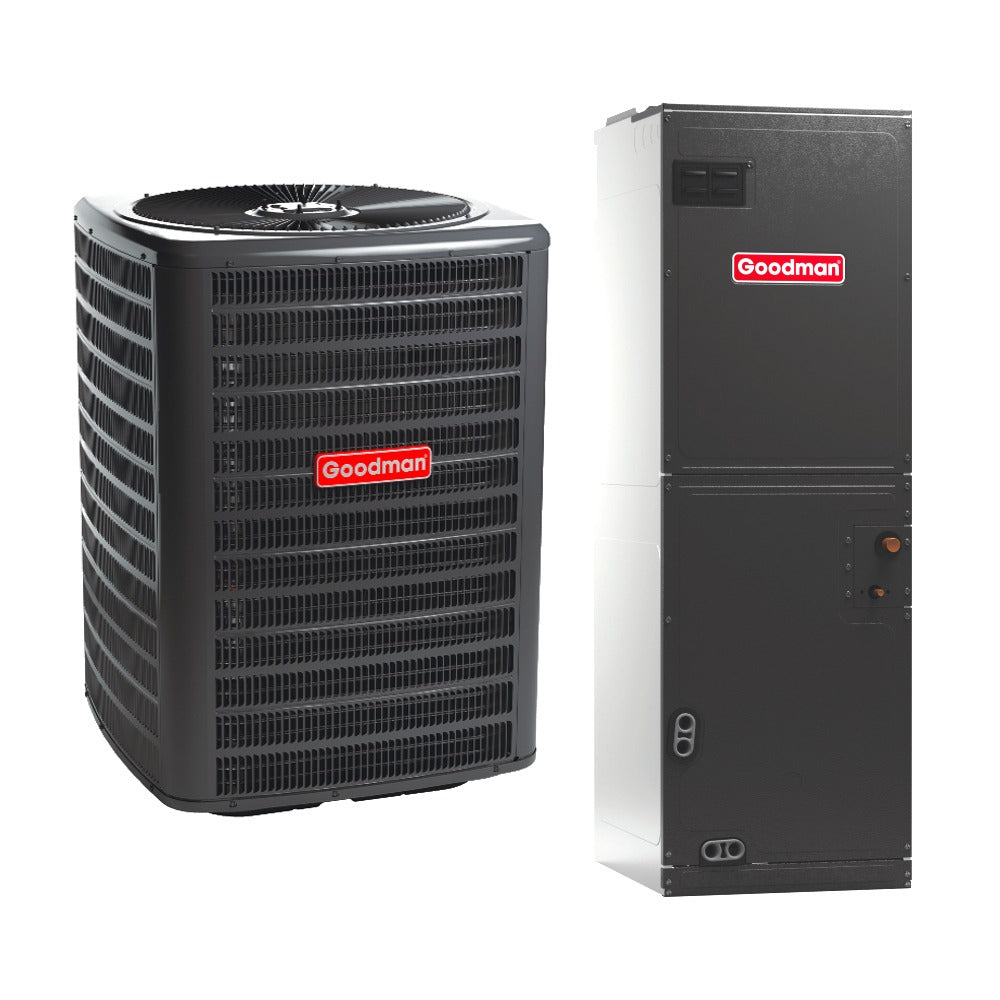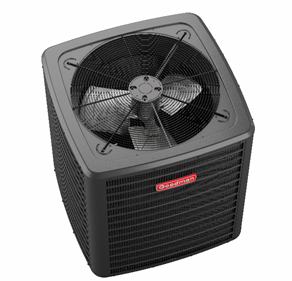Meta Title: R-454B vs R-32: Which Refrigerant to Choose in 2025?
Meta Description: Compare R-454B and R-32 for your next HVAC upgrade. Learn which refrigerant is more efficient, available, and cost-effective under new EPA rules.
Introduction
In 2025, the race to replace R-410A in HVAC systems has narrowed to two major contenders: R-454B and R-32. Both are low-global warming potential (GWP) refrigerants approved under the Environmental Protection Agency’s (EPA) SNAP program, but they differ in terms of chemical composition, flammability, efficiency, and adoption. Choosing between R-454B and R-32 depends on multiple factors: home size, climate, efficiency goals, and—importantly—availability.
Understanding Low-GWP Refrigerants
Global climate mandates, including the Kigali Amendment and the AIM Act in the U.S., have made phasing out high-GWP refrigerants like R-410A a priority. R-454B and R-32 are two next-gen options with GWPs significantly lower than R-410A (2,088 GWP). Here’s how they compare:
| Refrigerant | GWP | Flammability Rating | Operating Pressure | SNAP-Approved | Common Use Cases |
|---|---|---|---|---|---|
| R-454B | 466 | A2L (mildly flammable) | Lower than R-410A | Yes | Residential HVAC |
| R-32 | 675 | A2L | Similar to R-410A | Yes | Mini-splits, VRF |
1. Performance and Efficiency Comparison
SEER2 Ratings: R-32 is slightly more energy efficient due to its higher heat transfer properties. However, most major U.S. brands are now optimizing R-454B systems to exceed SEER2 minimums.
Cooling Output: Field tests indicate negligible difference in cooling performance. For example, a 3-ton Goodman R-32 unit and a 3-ton Carrier R-454B unit both produce around 36,000 BTU/h.
Compressor Compatibility: R-32 systems often use rotary compressors, while R-454B is more compatible with scroll compressors commonly used in the U.S. HVAC industry.
2. Safety and Flammability Concerns
Both refrigerants are rated A2L, indicating low toxicity and mild flammability. However:
-
R-32 burns more easily in open air.
-
R-454B has a higher ignition temperature and lower combustion velocity.
This makes R-454B preferred in tightly regulated areas like California, where safety codes are stricter.
3. System Compatibility and Retrofitting
R-32 Systems: Typically not backward-compatible with R-410A systems due to higher discharge temperatures and compressor stress.
R-454B Systems: Designed as a closer drop-in replacement for R-410A. For HVAC contractors already familiar with R-410A systems, transitioning to R-454B involves fewer component changes.
4. Availability and Supply Chain Insights
As of Q2 2025, R-32 is more readily available in ductless and mini-split systems, especially those manufactured in Asia (Daikin, Fujitsu, Midea).
R-454B is facing current shortages, is the refrigerant of choice for major U.S. HVAC manufacturers such as:
-
Carrier (Infinity Series)
-
Bryant
-
Lennox (selected Elite and Signature Series)
These systems are expected to dominate the residential market by the end of 2025 as supply ramps up.
5. Environmental Impact and Regulatory Forecast
While both refrigerants offer low-GWP solutions:
-
R-454B has a GWP 30% lower than R-32
-
R-32 is more widely used globally, with over 160 million units installed worldwide
Long-term, R-454B may have the edge in U.S. regulatory compliance due to stricter EPA enforcement under the AIM Act.
6. Installation Cost Comparison
R-32 systems are typically more affordable at the unit level. However:
-
Installation costs for R-454B may be lower due to easier compatibility with existing R-410A components
-
R-32 may require upgraded safety equipment or special handling in some jurisdictions
Example Pricing (May 2025):
-
3-Ton R-32 Mini-Split: $3,500 installed
-
3-Ton R-454B Central Air System: $4,000 installed
7. Brand Adoption and Market Support
R-454B Supporters:
-
Carrier, Lennox, Bryant, Goodman (select models)
-
Supported by U.S.-based training centers and warranty networks
R-32 Supporters:
-
Daikin, Mitsubishi Electric, LG
-
Strong international market, but fewer options in central HVAC formats in the U.S.
8. What HVAC Contractors Recommend in 2025
According to a 2025 contractor survey by ACHR News, 63% of U.S. contractors prefer R-454B for whole-home systems, while 70% favor R-32 for ductless installs.
9. Homeowner Testimonials: Real Feedback
R-32 Buyer: “Our Daikin system cools our 2,500 sq. ft. home beautifully, but I had to wait two months for a certified tech in our area.”
R-454B Buyer: “Went with a Carrier Infinity system. Installation was smooth, and our electric bills are down 15% this year.”
Conclusion: Which Refrigerant Should You Choose?
If you're upgrading a ductless system, R-32 may offer the best efficiency-per-dollar. For homeowners installing central air systems or replacing older R-410A units, R-454B offers better compatibility, safety, and long-term regulatory alignment.
Buying Intent Keywords to Include Throughout Article:
-
Buy R-32 AC system
-
R-454B HVAC system cost
-
Best refrigerant for central air
-
R-32 vs R-454B HVAC comparison
-
Low-GWP air conditioners 2025

